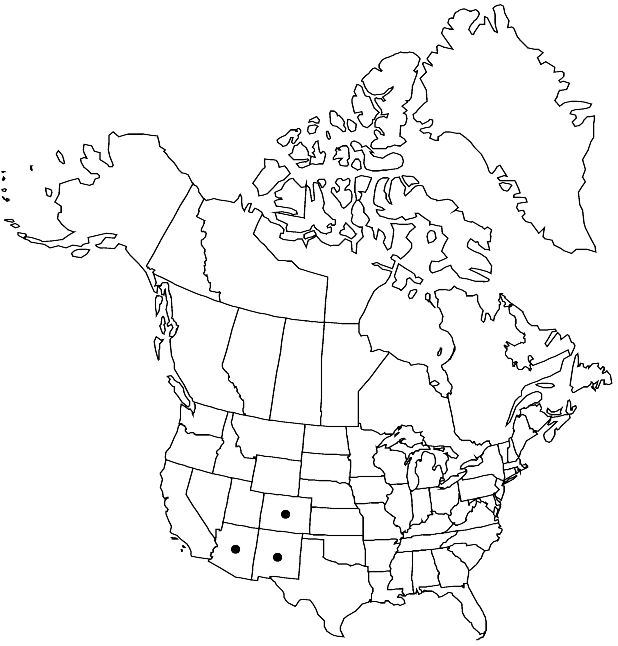Biennials; (glaucous), mostly glabrous. Stems unbranched or branched (few) proximally and distally, 2–8(–10) dm. Basal leaves: petiole 1–6.5 cm; blade (fleshy), broadly lanceolate to oblanceolate or ovate in outline, (1.6–)3–17(–20) cm × (10–)20–80 mm, margins lyrate-pinnatifid or runcinate. Cauline leaves petiolate; blade similar to basal, smaller distally, margins sometimes entire. Racemes somewhat dense. Fruiting pedicels horizontal to divaricate-ascending, (straight), (4–)5–11(–15) mm. Flowers: sepals oblong-linear, (9–)11–18 mm; petals pale yellow to whitish, orbicular to broadly obovate, 12–18 × (2.5–)3–6 mm, claw 5–8 mm, wider at base, pubescent inside apically; filaments 1–2.2 mm, base pilose; anthers 3–5.5 mm; gynophore 10–22(–26) mm, hirsute at base. Fruits suberect to ascending, slightly curved inward, subterete, 2.3–6 cm × 1–2 mm; ovules 24–44 per ovary; style 0.2–0.5 mm. Seeds ovoid to oblong, 1.4–2 × 0.8–0.9 mm.
Phenology: Flowering May–Jun.
Habitat: Barren clay slopes and flats, open clay knolls, gumbo clay bluffs, Mancos shale
Elevation: 1300-2100 m
Distribution

Ariz., Colo., N.Mex.
Discussion
Selected References
None.